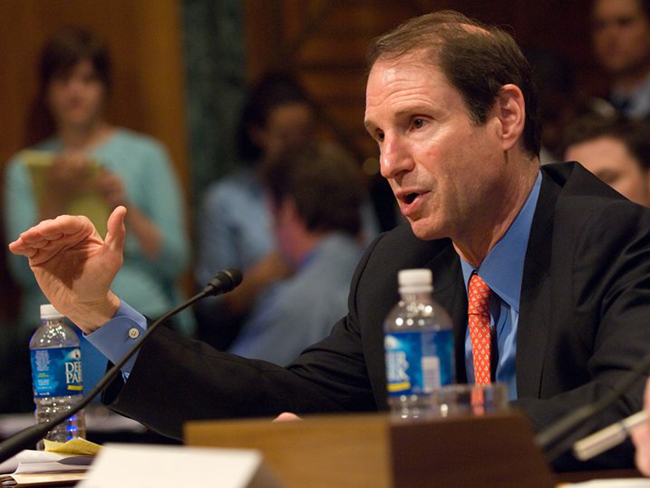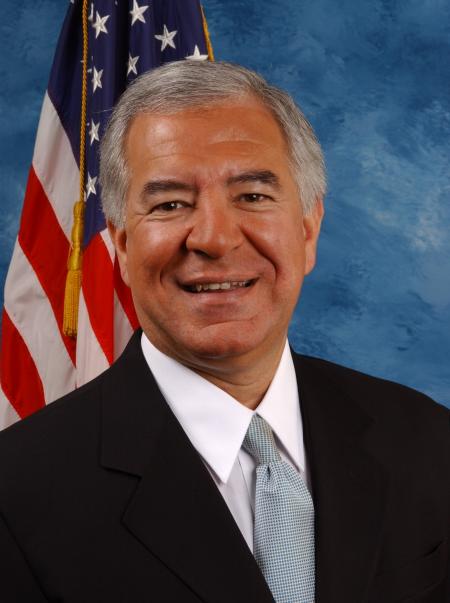Secretary Ray LaHood is in a good mood this morning. The U.S. Department of Transportation has announced the recipients of $2 billion in high-speed rail funds, a total of 22 “carefully selected projects that will create jobs, boost manufacturing and spur development while laying the foundation for future economic competitiveness,” LaHood wrote on his blog.
The lion’s share of the money —$795 million — will be used to upgrade the most heavily-used sections of the bustling Northeast Corridor, increasing speeds from 135 to 160 miles per hour on critical segments, as well as improve on-time performance and add seats, according to USDOT. Amtrak already carries a majority of the traffic between DC and New York and better service will help meet burgeoning demand in that corridor.
“I am thrilled,” the Secretary added. So, too, are the diverse array of recipients. Connecticut Governor Dan Malloy, who netted $30 million, called the decision “great news and a win for the state.” California Congressman Dennis Cardoza, whose Central Valley district has weathered double-digit unemployment and some of the nation’s highest foreclosure rates, said the $300 million his state received was a “step forward in connecting our Valley with the opportunities of the future.”
In Michigan, Transportation for America organizer CeCe Grant told the Detroit Free Press that the $200 million in funds to rebuild rail lines between Dearborn and Kalamazoo would result in nearly 70 percent of Michigan residents and 71 percent of the state’s employees within 15-miles of a high-speed rail station.
Other winners, as described by USDOT, included:
- $25 million to Rhode Island to design and construct an additional 1.5 miles of third track in Kingston, enabling trains operating at speeds up to 150 mph to pass other trains on a high-volume section of the corridor.
- $58 million to New York to upgrade tracks, stations and signals along the Empire Corridor, including replacing the Schenectady Station and constructing a fourth station track at the Albany-Rensselaer Station.
- $40 million to Pennsylvania to rebuild an interlocking near Harrisburg on the Keystone Corridor.
- $186.3 million to Illinois to construct track along the Chicago-St. Louis corridor between Dwight and Joliet to accommodate 110 mph trains.
- $13.5 million to Missouri to advance design work to replace the Merchant’s Bridge over the Mississippi River along the Chicago-St. Louis corridor.
- $5 million to Minnesota to complete engineering and environmental work to establish the Northern Lights Express, which would connect Minneapolis and Duluth with 110 mph trains.
- $15 million to Texas to conduct engineering and environmental work to develop a high-speed rail corridor linking Dallas/Fort Worth and Houston.
- $4 million to North Carolina to conduct an environmental analysis of the Richmond-Raleigh section of the Southeast High Speed Rail Corirdor.
- $1.5 million to Oregon to analyze overnight parking tracks for passenger trains on the southern end of the Pacific Northwest corridor, which will add capacity and enable increased passenger- and freight-rail service.
The funds were made available when Florida Governor Rick Scott rejected federal support earlier this year.
“If I sound excited about the prospect of American high-speed rail, it’s because I am,” Secretary LaHood concluded on his blog. “High-speed intercity passenger rail offers real, practical benefits — benefits we cannot afford to ignore.
USDOT has a full list of project recipients here.





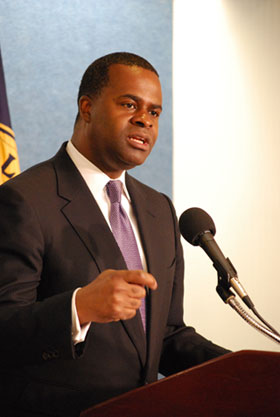

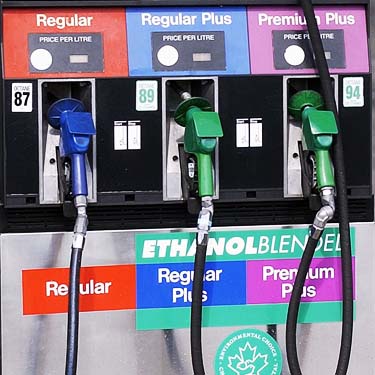
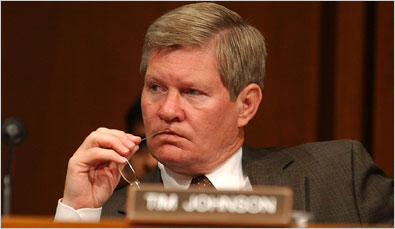
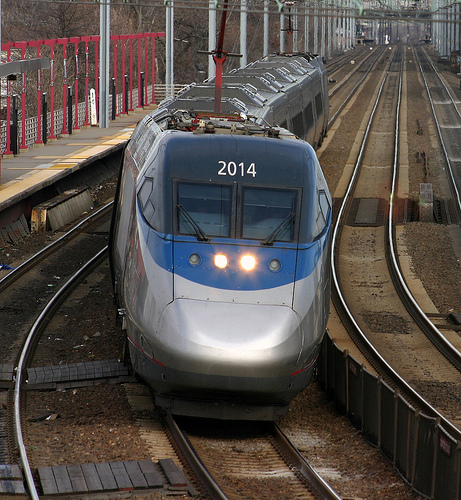
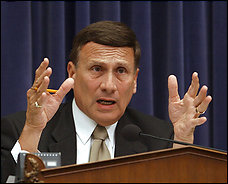
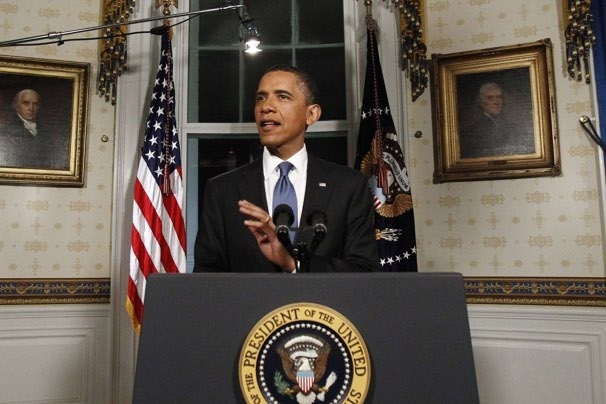
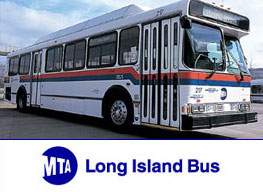
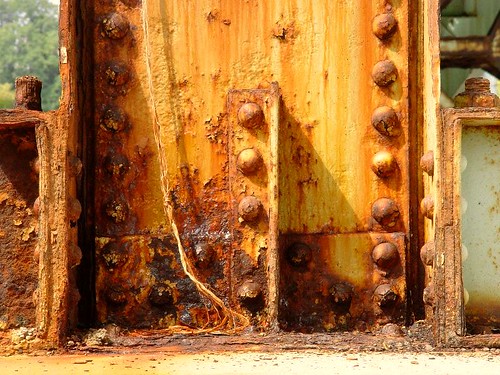
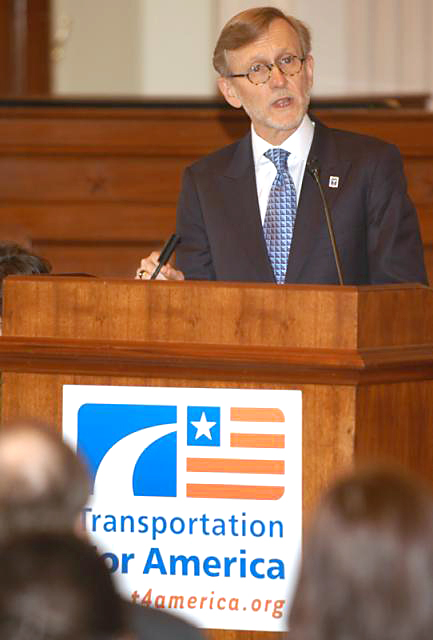
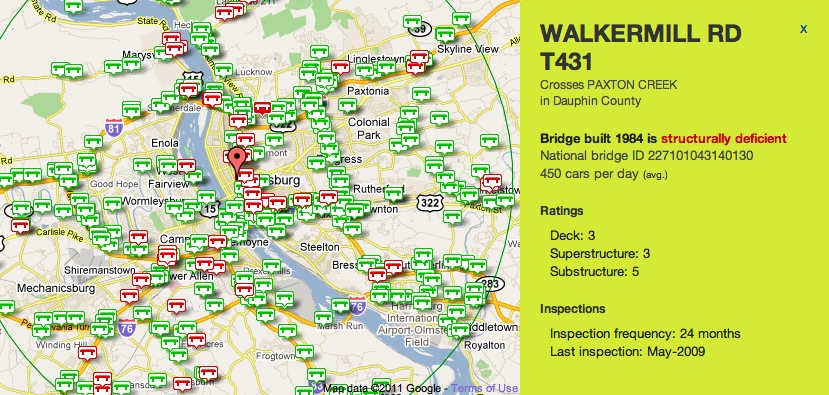

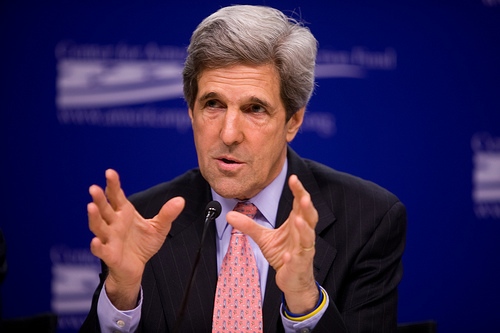
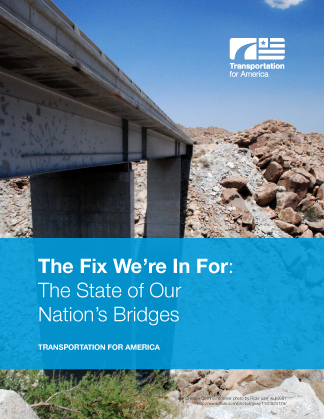 A report being released Wednesday by T4 America chronicles the state of our nation’s bridges, with accompanying data and reports for all 50 states and the District of Columbia. Our country is facing a backlog of deficient bridges that need repairs and maintenance to stay open and safe, with needs far greater than what we’re currently spending.
A report being released Wednesday by T4 America chronicles the state of our nation’s bridges, with accompanying data and reports for all 50 states and the District of Columbia. Our country is facing a backlog of deficient bridges that need repairs and maintenance to stay open and safe, with needs far greater than what we’re currently spending.